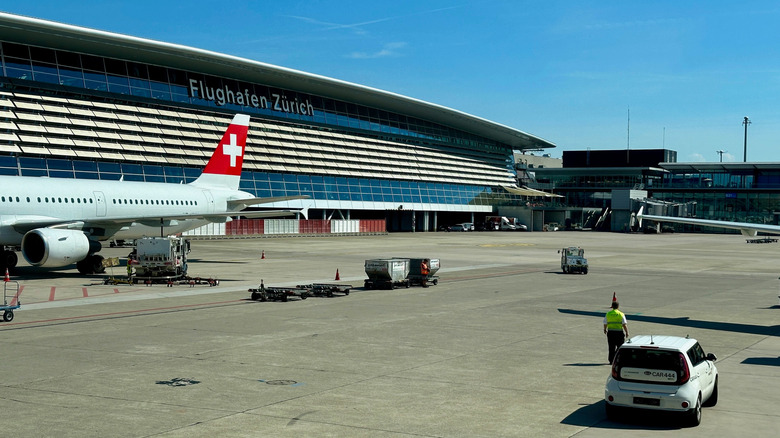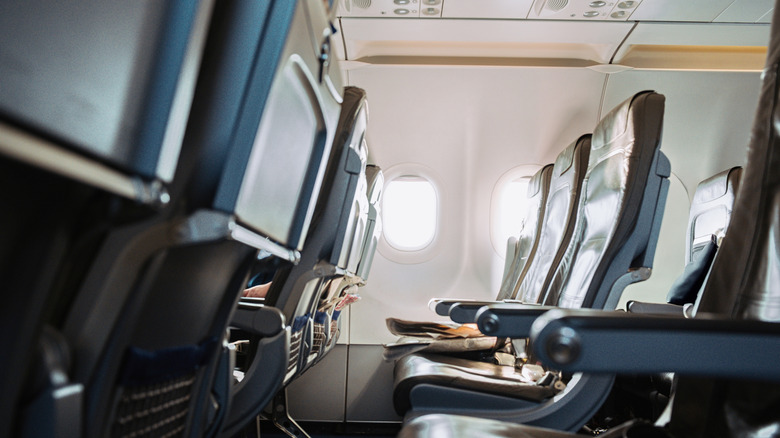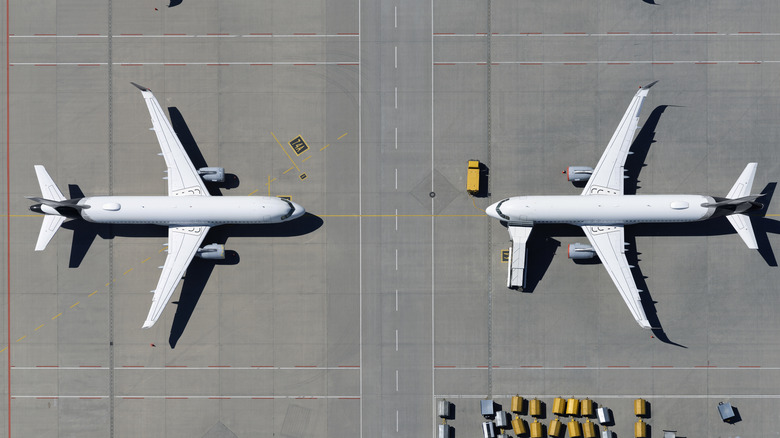Do Airlines Really Fly Empty 'Ghost Flights' Just To Hold Slots?
Ghost flights are commercial planes operating with few or no passengers. The practice gained public attention during the pandemic, when demand collapsed but some airlines kept flying near-empty routes. The main reason cited is the "use it or lose it" rule for airport slots. At congested airports, slots are limited and valuable. Normally, carriers must use them at least 80% of the time in a season to keep them for the next. When restrictions grounded travel in 2020, Europe lowered the threshold to 50%, later 64% and then 70%. Even with these adjustments, flights with minimal passengers continued.
Airlines argue that not all ghost flights are about slot retention. Some reposition planes, carry cargo, or meet maintenance and crew licensing requirements. Others were repatriation flights during border closures. But campaigners say these explanations don't fully account for thousands of empty or almost empty flights recorded by regulators. The U.K. Civil Aviation Authority data shows over 5,000 flights with zero passengers and another 35,000 at under 10% capacity since 2019. Greenpeace estimates 100,000 ghost flights in Europe in just one winter season. That scale has fueled claims that protecting slots is still a major factor, especially for large network carriers operating through key hubs.
How big is the problem?
CAA figures reveal ghost flights have been a steady presence before, during, and after pandemic restrictions. In the U.K., an average of 130 completely empty flights per month have been recorded since 2019. Almost-empty flights average around 1,200 per month since 2020. Many are international, but about half of the completely empty flights were domestic. Birmingham, Luton, and Bristol topped the list for empty flights, while Heathrow (one of the most luxurious airports in the world) and Manchester led for almost-empty ones. Heathrow alone accounted for over 10,000 of these lightly loaded flights since 2019.
The environmental impact is significant. Air travel already contributes at least 2.5% of global CO₂ emissions, leading many to wonder if electric planes are the future of flight. Flying a near-empty jet still burns thousands of gallons of fuel, and Greenpeace's analysis suggested European ghost flights in one season emitted as much carbon as 1.4 million cars in a year.
The cost is also high. Operating a large aircraft without meaningful passenger revenue drains finances, especially in an industry hit hard by COVID-19. Critics, including climate groups and some politicians, question whether the slot system encourages unnecessary emissions. Airlines UK maintains the proportion of ghost flights is small relative to total flights, but campaigners argue any avoidable empty flights are wasteful in a climate crisis.
Possible fixes and industry resistance
Proposals to reduce ghost flights focus on changing slot rules. Environmental groups suggest more flexibility or even banning short-haul flights where train options exist. Economists have floated market-based solutions like slot auctions, which could allocate access more efficiently and remove the incentive to operate empty flights. The London School of Economics' "PAUSE" auction model, for example, could handle complex multi-airport slot packages without the computational bottlenecks of traditional combinatorial auctions.
Airlines are split. Low-cost carriers like Ryanair argue that legacy carriers should release unused slots or sell cheap tickets to fill planes instead of flying empty. Network airlines counter that their operations depend on feeding passengers into long-haul routes and that slot loss could damage connectivity. Airports, meanwhile, are cautious about overhauling a system that has managed capacity for decades. The European Commission has made gradual adjustments to thresholds but resisted scrapping the framework.
Without major reforms, ghost flights could remain a recurring issue. Some carriers might try to fill them with discounted seats, mirroring the "empty leg" model in private aviation. Others could switch aircraft types or schedules to cut losses. Still, as long as slot retention and scheduling rules stay as they are, the industry will face the same dilemma: fly them empty or risk losing them.


